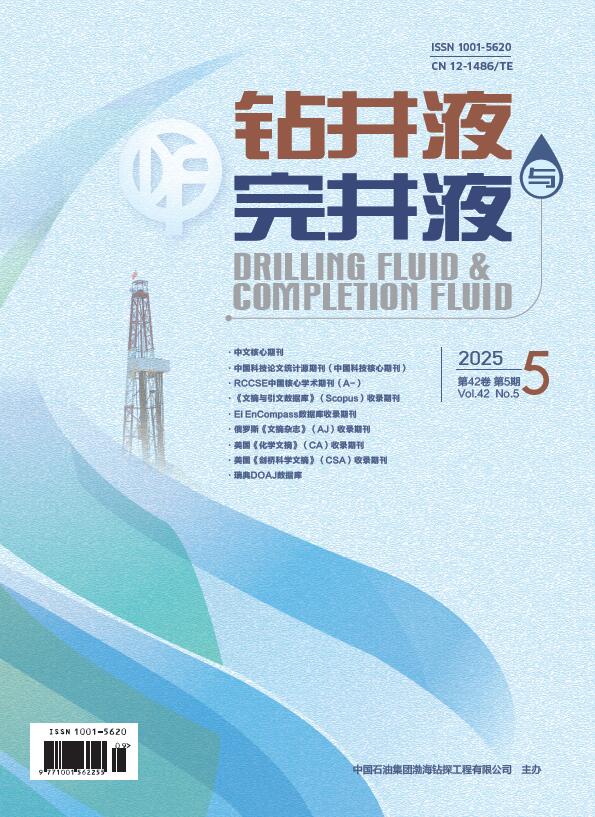Abstract:
The well Jitan-1 is a key exploratory well drilled by PetroChina Company Limited in the upper part of the Nanyishan structure in the northwest area of the Qaidam Basin (Qinghai Oilfield). The well, targeted to the E31, E1+2 and the bedrock zones, was designed to drill to 6500 m, and was actually drilled to the total depth of 6194.22 m. The well was drilled to ascertain the petroleum production potential of the E31 and bedrock zones and hence to provide the basis for further research and exploration of the Nanyishan structure in which the formations beneath the E1+2 zone had never been drilled before. These formations are complex and are located in a high and steep structure. Three fault zones, some broken belts and mudstone with gypsum have to be penetrated during drilling. The E31, E32 and the E1+2 zones are developed with plenty of fractures, which may result in lost circulation. Several high-pressure saltwater zones with CO2 exist with chloride content up to 23,500 mg/L, and CO2 content up to 75% (measures on the surface). The high-pressure saltwater and CO2 zones may result in well kick or even well blowout. Multiple zones of hard, fractured and brittle carbonaceous mudstone formations are a potential of borehole collapse and well deviation. To maintain the well in stable conditions, a mud weight of 2.32 g/cm3 was required. Abnormal high formation temperatures were encountered. The formation temperatures are too high for the logging instrument to measure, and thus the bottomhole temperature cannot be obtained. The formation temperature gradient in this area was (3.80-4.30) ℃/100 m, and the temperature of the mud at the exit of the flowline was 102 ℃. Volume of mud for dilution was at least 10 times of the hole volume. From these data and the stability cycle of the mud in circulation it was predicted that the bottom hole temperature was between 235 ℃and 266 ℃. These potential downhole troubles imposed serious challenges to the drilling fluid operation. To solve the problems such as ultra-high bottom hole temperature, high density, borehole wall instability, acid gas contamination and narrow safe drilling window, a high-density compound organic salts drilling fluid, which was a proprietary technology of the Bohai Drilling and Exploration Drilling Fluid Technical Service Company, was adopted to drill the well. This drilling fluid can be used at high temperatures up to 240 ℃ The drilling fluid was further optimized based on the geologic data and proposed drilling program; a filtration control agent functioning at 240 ℃ was used to control filter loss of the mud, a lost circulation material composed of rigid and plastic particles was used to minimized mud losses while drilling, a nano material was used to maintain borehole wall stability through chemical mechanisms, and a good “non-oxygen reduction” mud environment was maintained. By maintaining good mud rheology and low filtration rate (≤ 12 mL), potential downhole troubles such as high temperature rheology instability, settling of weight materials, mud losses, borehole wall collapse in drilling the fractured zones and contamination of the mud by acid gases, were all well solved.



